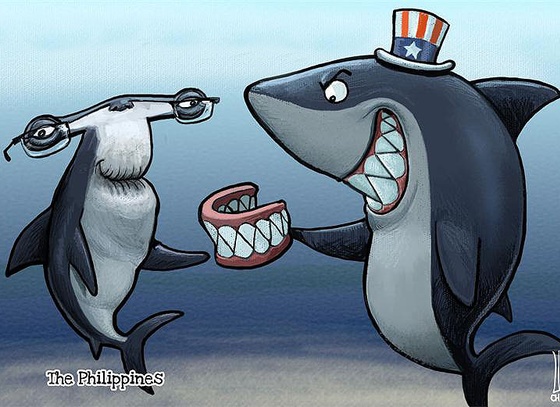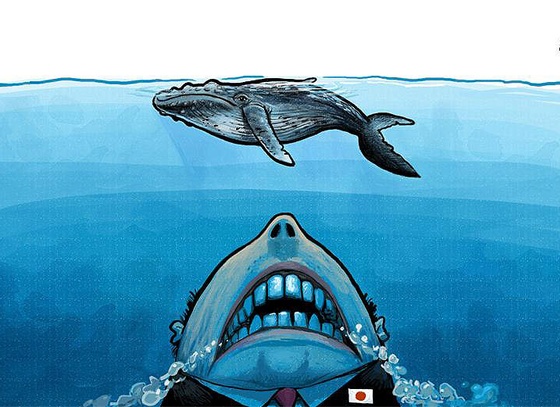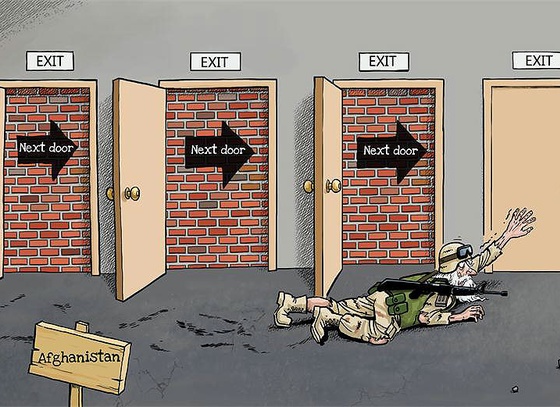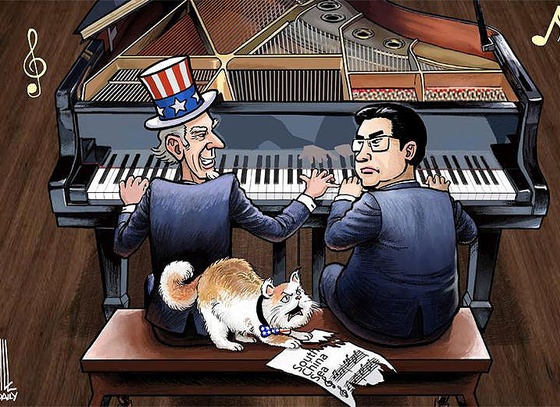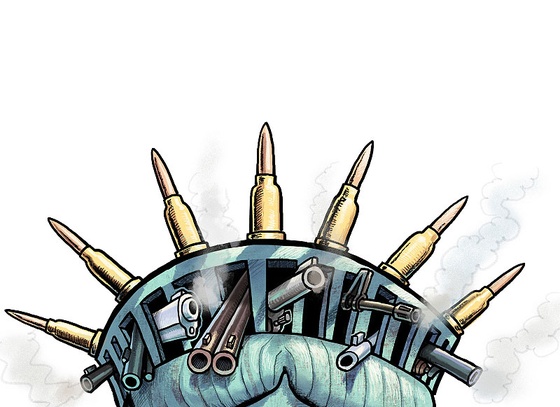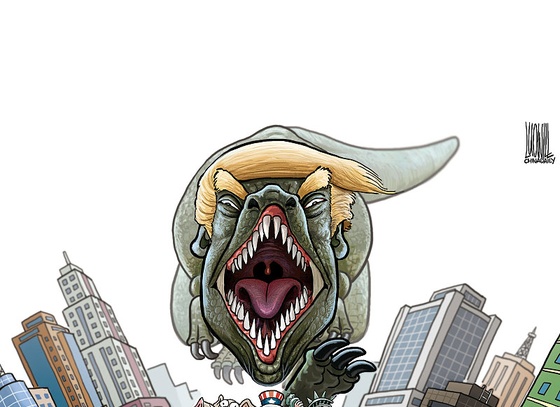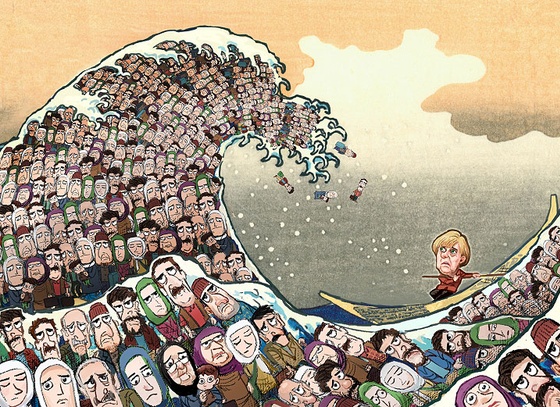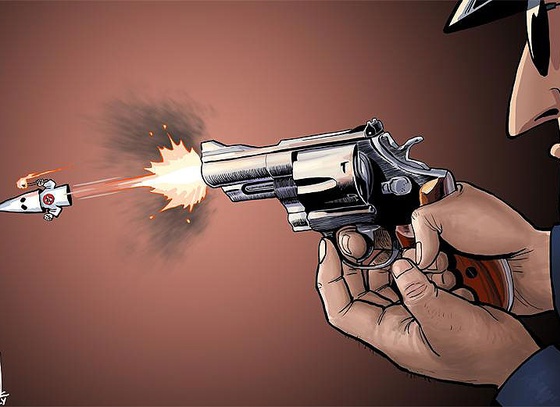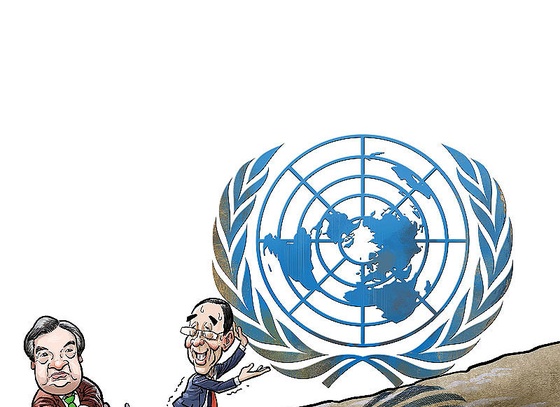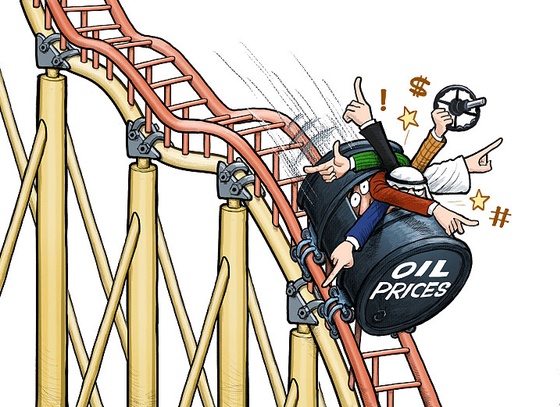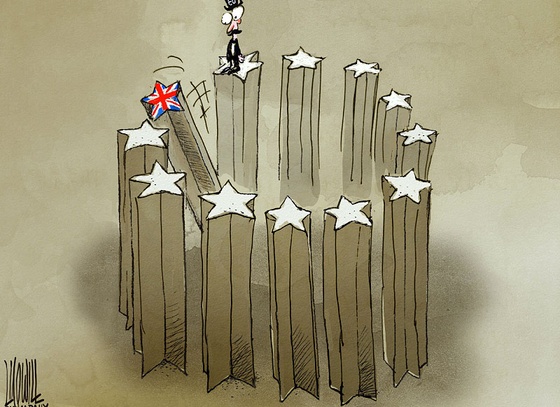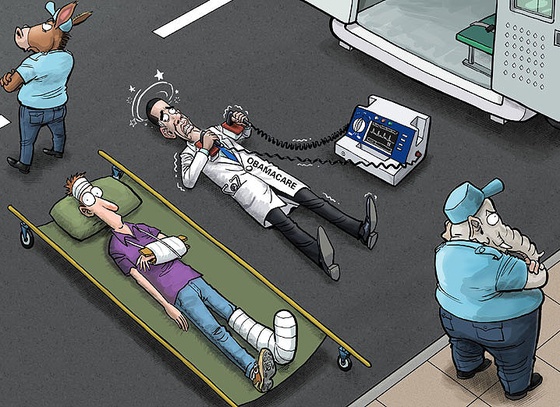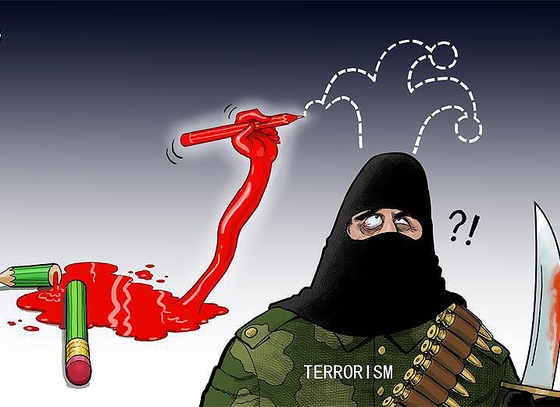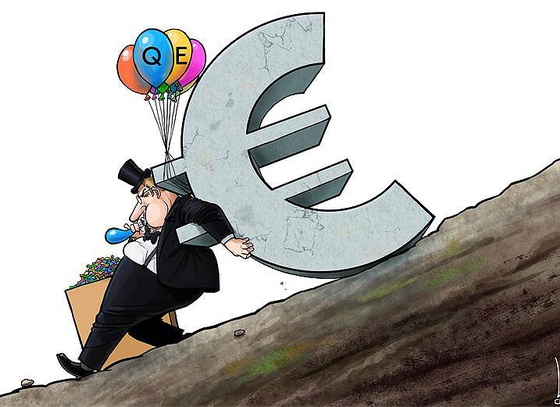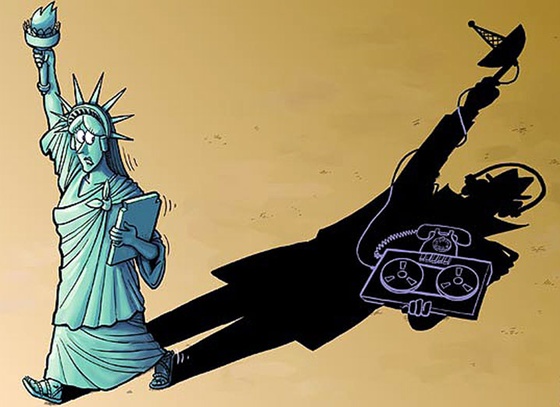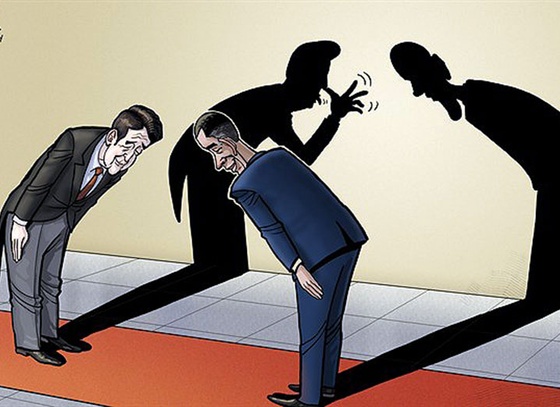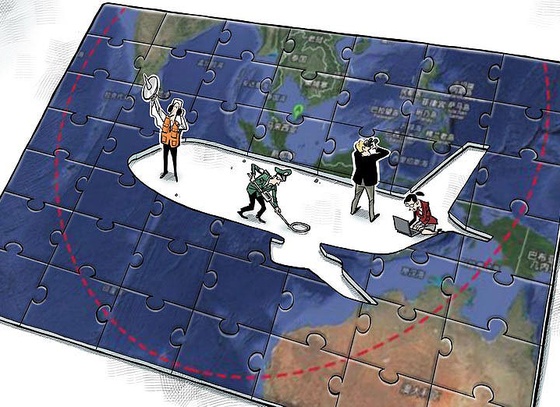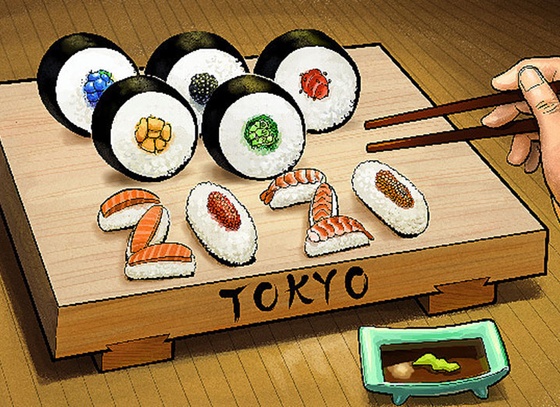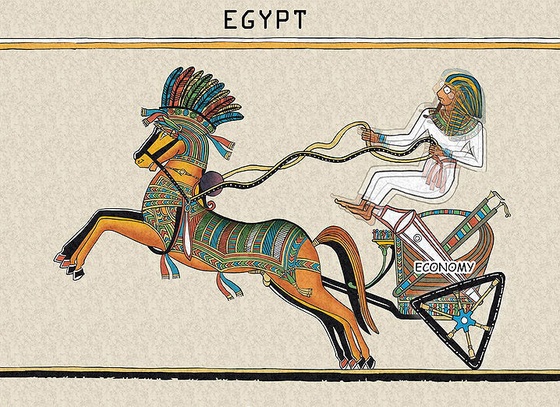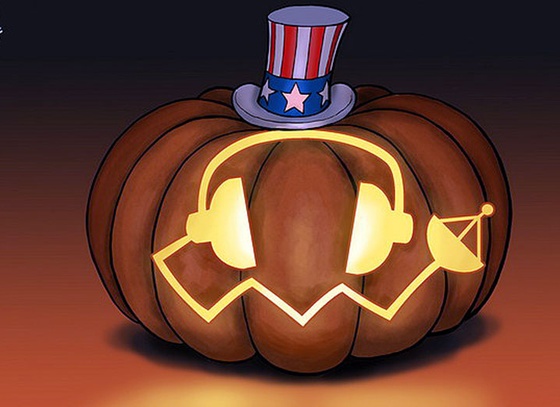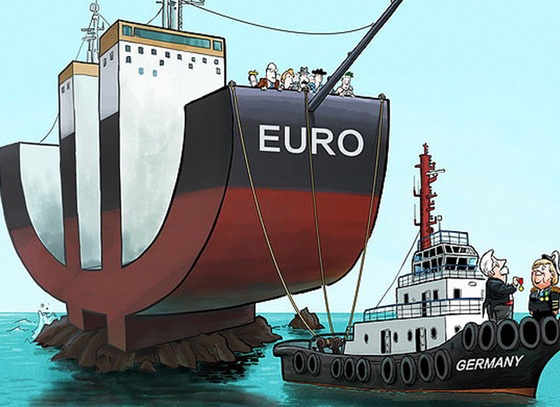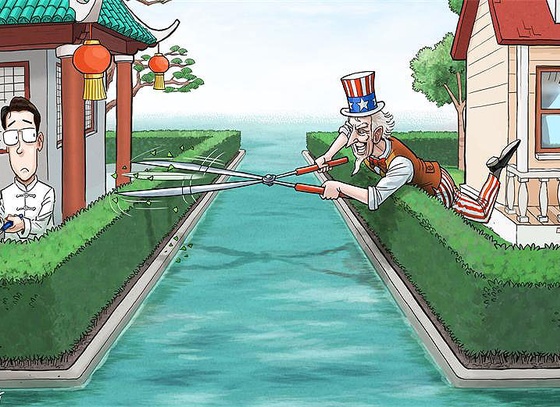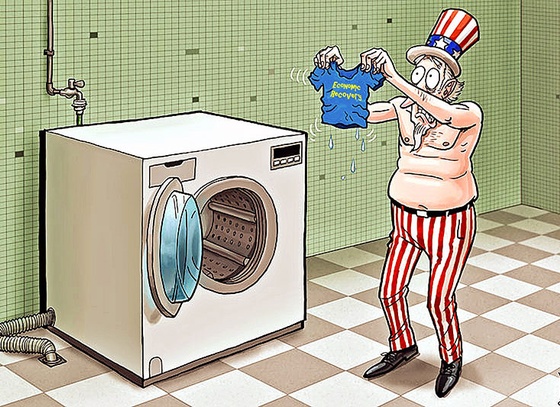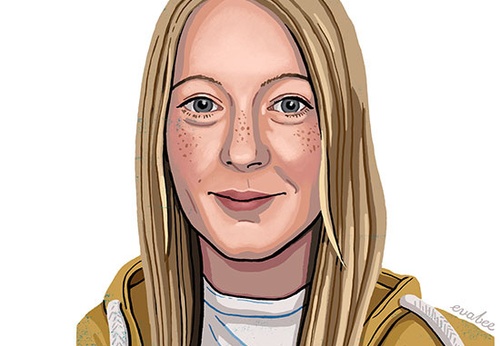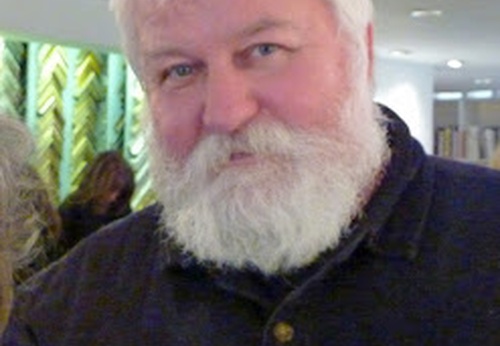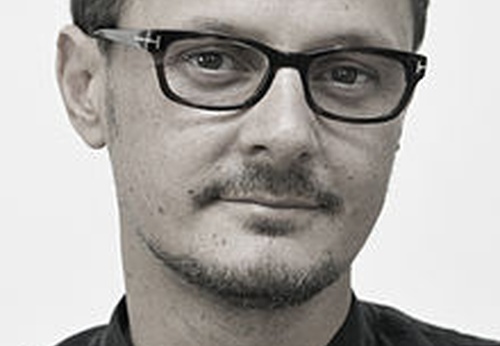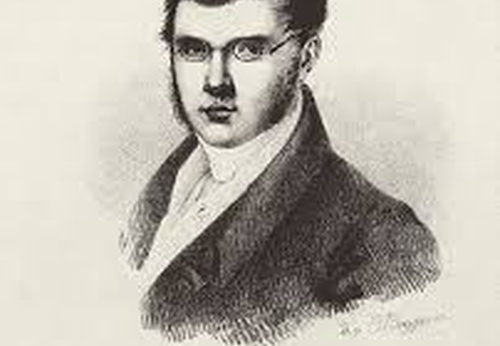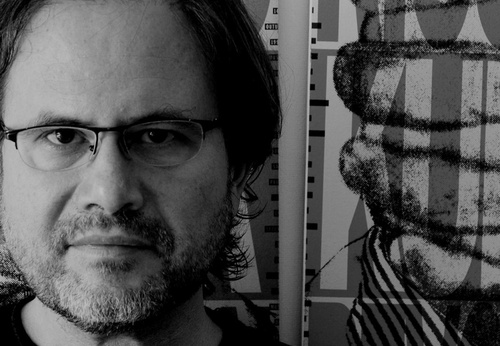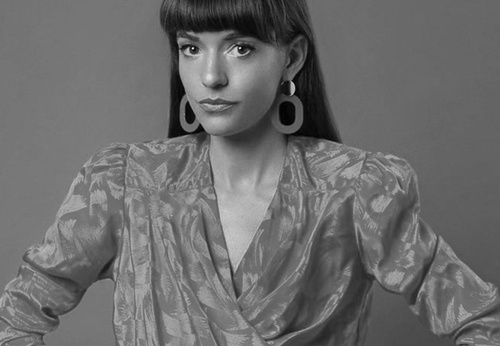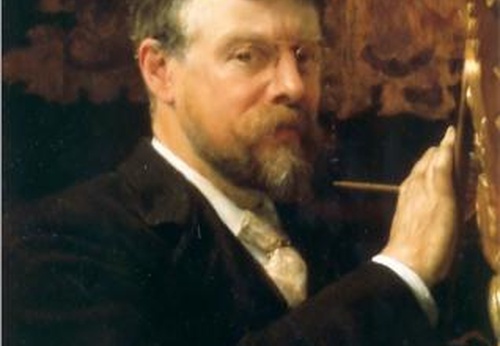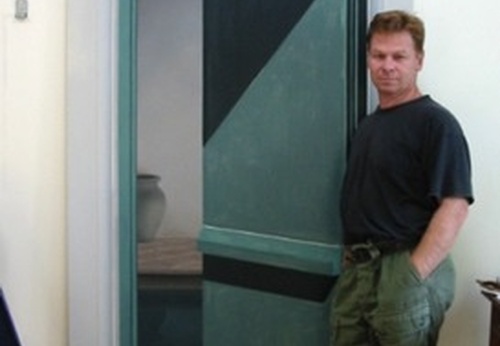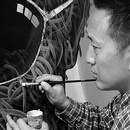
Luo Jie
He was born in November 1968. In 1991 he graduated from Sichuan “Academy of Fine Arts”. Luo Jie is one of the most established and distinctive contemporary Chinese artists in China today. His works feature his iconic theme "Rope Man" and express a kind of emotional nostalgia entangled with modern metropolis life. The profiles and lines of his works demonstrate the complex form of feelings and life experiences that often have no beginning or end. Different people have different perceptions and different approaches and starting points towards art. Art is a carrier of feelings. As an introverted and unsociable person, Luo Jie was not interested in telling big stories and expressing dark logical ideas. On the contrary, he attaches importance to the inner reality and his inner feelings are the most abundant source of his artistic expression. Shy to socialize and often nervous around people, Luo Jie grew up belonging to the silent majority of society, sensitive, courteous and unable to take too much. This may have something to do with his family history, since his father was such a person: sad, inflexible and simple. He contradicted his superiors in meetings just over trifles, making them embarrassed. Thus, he confined himself within the web woven with his usual eccentricity and stubbornness, like a set of invisible shackles upon himself. However, for Luo Jie, the shackles have a double meaning from a certain perspective: shackles for himself and shackles for this world as well. Perhaps they served as protection and what was chained was this world. Invisible chains shackled Luo Jie every day and it was impossible for her to ignore the existence of him. If he had been someone else, he would have chosen to run, rebel, or remain silent. However, as a visual artist, Luo Jie found a way to visualize them, finding another kind of strong visual tension. In addition to being fascinated by this family memory, Luo Jie also believes that this ideology represents a cultural attitude of modern society. His works are displayed in public collections at the “Yuangong” Art Museum and the “Qinghe” Art Museum in Shanghai.

